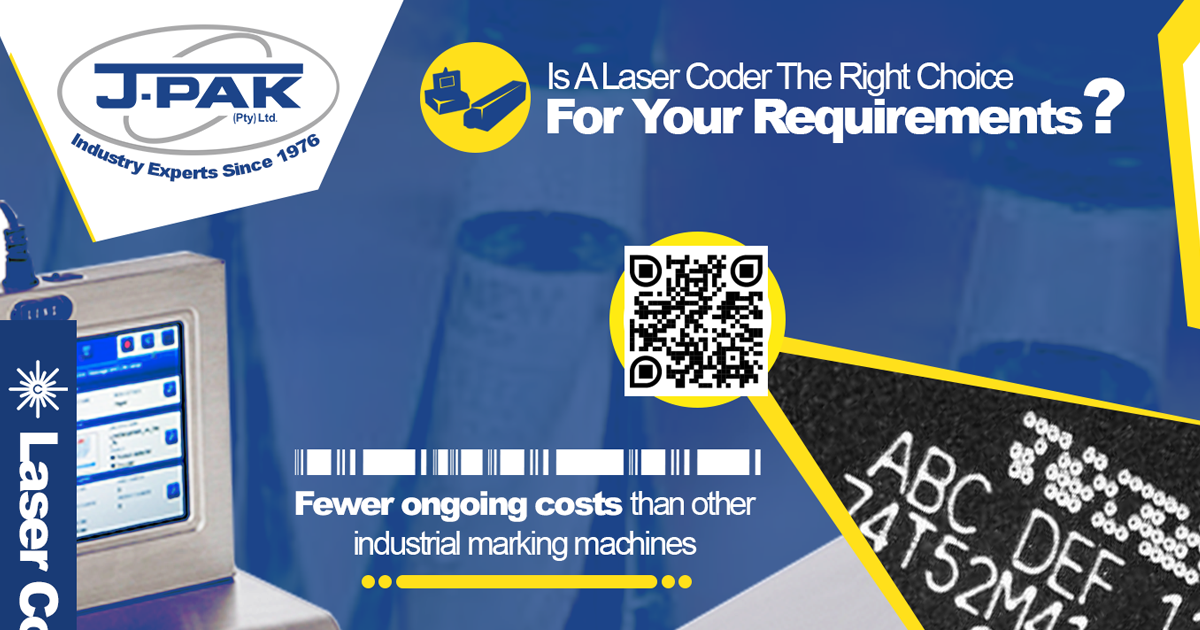
Is A Laser Coder Right For Your Requirements
Although laser marking technology has been around for some time, it has only gained widespread popularity in the manufacturing and packaging industries over the past couple of decades. Two of the most popular laser date coding options available today, CO2 and fibre laser systems, were first invented in the mid-1960s. Since then, engineers and scientists have improved both forms of laser marking technology by expanding application possibilities and improving their hardware design. By the 1990s and 2000s, both CO2 and fibre laser systems had become accessible enough to find popularity in several high-speed coding environments such as industrial bottling lines, food packaging facilities, pharmaceutical packaging plants, and aerospace manufacturing plants.
Laser systems benefit users by providing high-speed coding capabilities, reliable accuracy, and highly-legible codes. However, these benefits come at a cost, as laser coders require substantial upfront investments and many facility accommodations. This can make it difficult for companies to determine whether a laser date coder is the right choice for their marking needs or if a traditional Continuous Inkjet printer would be a better fit.
If you are considering a laser system for your operation, there are several factors to consider. Firstly, one of the biggest appeals of laser coding systems is their ability to mark substrates moving at high speeds. Laser systems are particularly valuable when producing tens of thousands of products per day, but they may not be necessary for organizations that do not require top-level speed from their coding line. In such cases, more cost-effective options like thermal inkjet printers may be more suitable.
Secondly, laser date coders are relatively expensive upfront, with an investment ranging from R150,000 to R1,000,000. However, they do have fewer ongoing costs than other industrial marking machines, like continuous inkjet printers, which require more frequent maintenance, regular filter changes, and printing consumables. Over time, these factors can make a laser coding machine more cost-effective than a continuous inkjet printer, but only for organizations that mark a large number of products.
Finally, laser coding systems emit radiation and exhaust fumes that can prove hazardous to one’s health. To ensure worker safety, laser marking solutions come with beam shields and fume extractors, which can be bulky and require space in your facility. Before deciding on this marking method, it’s important to speak to an expert at J-Pak to ensure that your facility is compatible with a laser marking system.
At J-Pak., we carry a vast array of marking technologies in addition to industrial laser systems. From CO2 and fibre laser systems to high-speed continuous inkjet printers and handheld thermal inkjet models, our product line is diverse enough to satisfy the needs of large industrial plants and small startups alike. Contact us today to learn more about our various product offerings.

